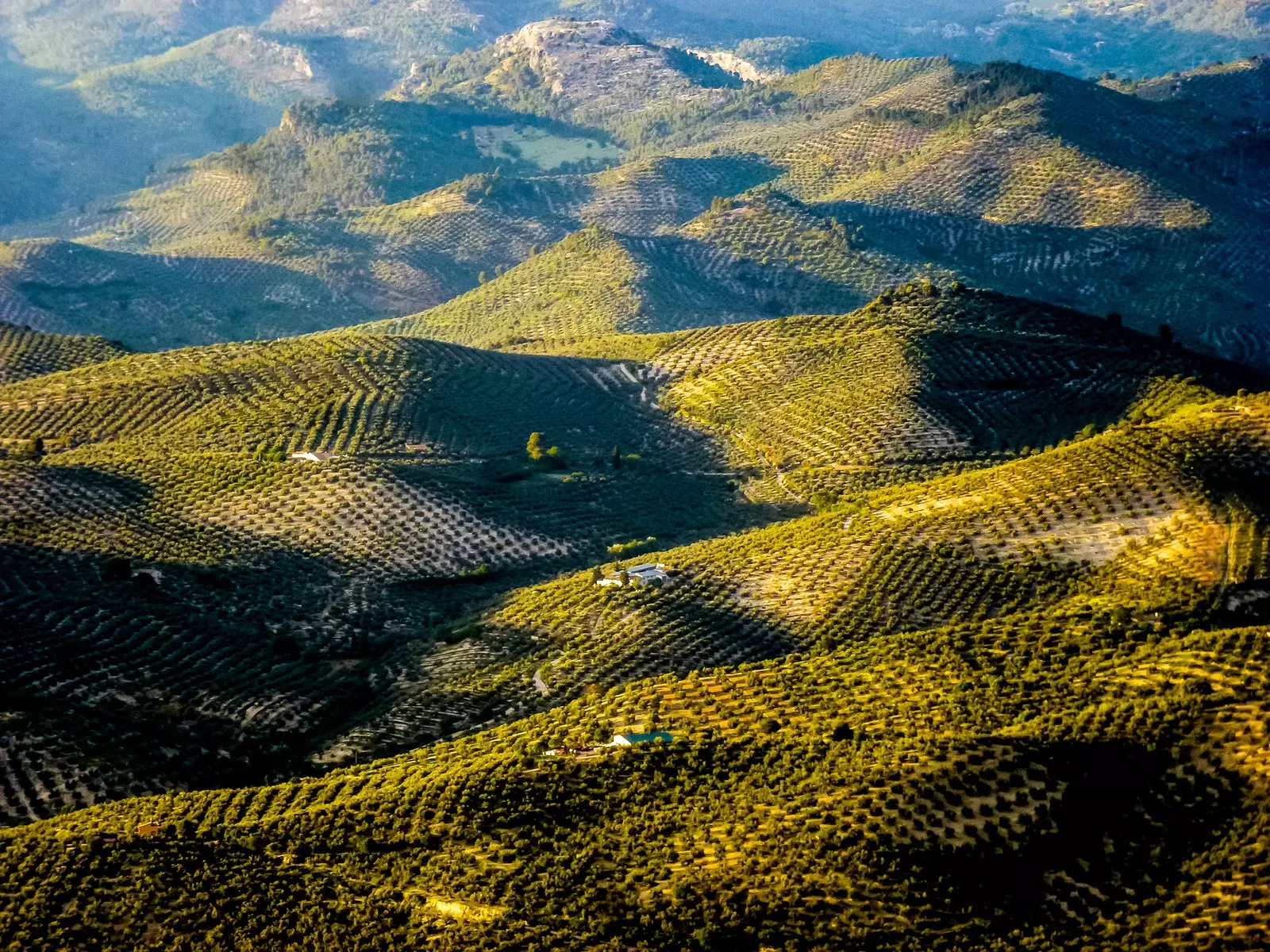
How is this not going to be a WORLD HERITAGE SITE?
Great Andalusians already praised him in his poems as Lorca or Alberti . "Old thirsty olive trees under the clear sun of the day, dusty olive groves of the Andalusian countryside", which he used to say Machado.
Miguel Hernandez , even being from Alicante, he also felt a clear concern that he raised with the olive growers from Jaén: "Tell me in my soul: who, who raised the olive trees?".
And those olive trees, the same ones that flood the incomparable landscape of Andalusia As soon as the imaginary line marked by Despeñaperros , are the ones who receive our particular tribute today.
Why? Very simple: because they are getting closer to winning the title of World Heritage awarded by UNESCO , and that makes us take out the patriotic pride that resides in our guts.
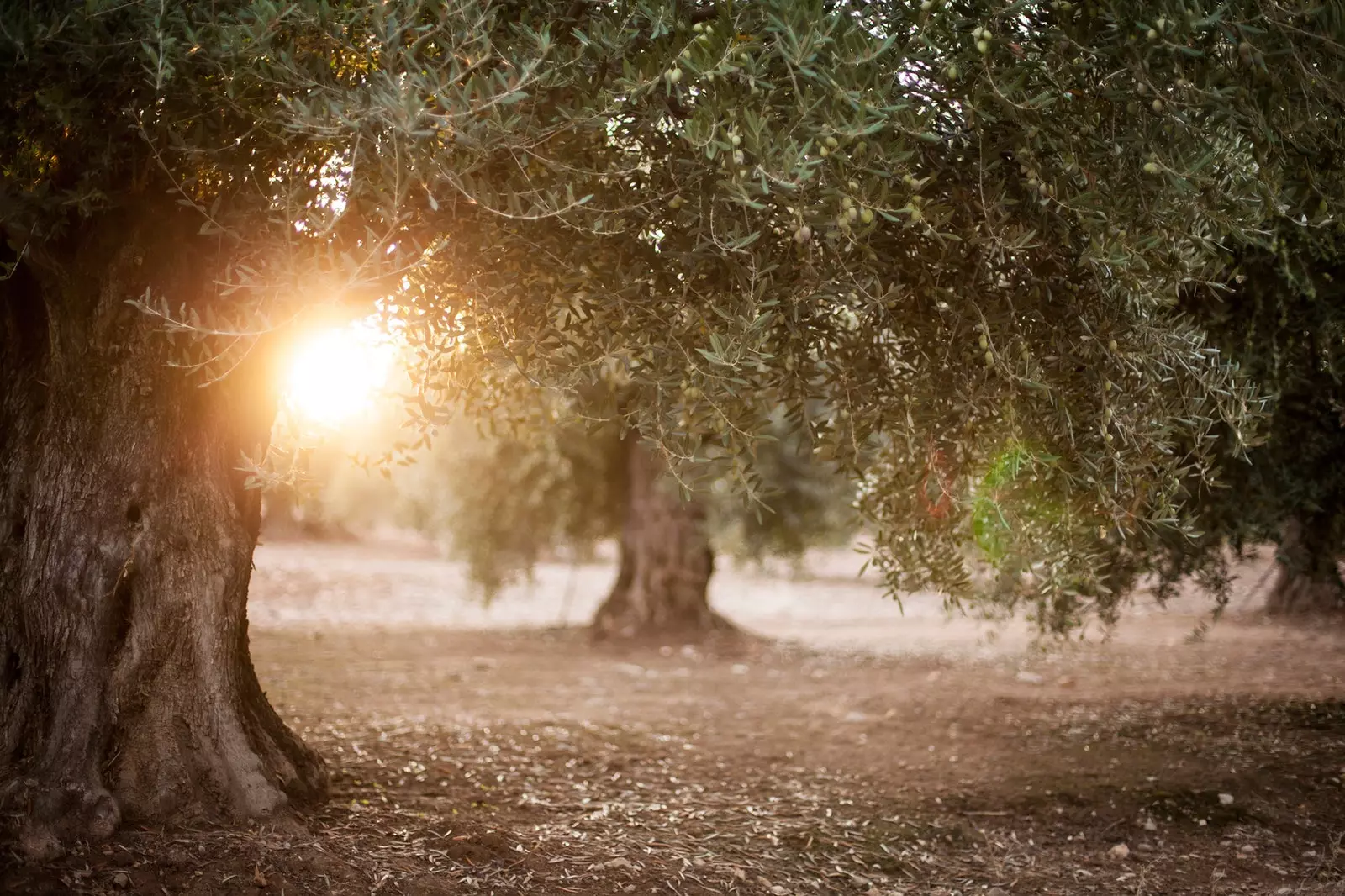
A sunset between olive trees
Jaén, Córdoba, Seville, Cádiz, Málaga and Granada. Six of the Andalusian provinces in which the olive landscape is responsible, not only for drawing the earth with its infinite rows of olive trees, but also for creating an identity . A path marked by a thousand-year-old history and a deep-rooted culture that has flourished around it since its inception.
“The history of Andalusia cannot be understood without the olive grove. It is part of humanity. It is the reason for being of the Andalusian ", tells us Paco Casero, historic day laborer leader and President of the Savia Foundation, one of the institutions that are present in the commission for the candidacy.
And it is, after all, about a landscape that is alive . That mutates driven by the hand of man. And that is a priceless treasure. “ We are talking about the immensity and magnitude of the most important forest made by human beings . There has never been a recognition of the greatness of this landscape”, says Casero. To which we add: "Well, maybe it's about time, right?"
And if necessary, we speak in figures. 70 million trees that create a continuous landscape of more than 1.5 million hectares of olive groves . Some numbers that make Andalusia e l largest producer of olive oil in the world –note: the Autonomous Community concentrates no less than 30% of total production and 20% of table olives -. In addition, it constitutes the main economic activity of some 300 Andalusian municipalities and provides work and support to approximately 22 million wages per year . Is it necessary to give more explanations?
It may be clear to us, but to reach this point where the dream is just a short distance away – they say that most likely to 2020 there will be news - it has required intense and arduous work. We are talking about 10 years in which the procedures have been overcome little by little.
an elaborate supporting file of more than 12 thousand pages keeps all the reasons why the landscapes of the Andalusian olive grove deserve to be underlined and highlighted. For which they should be recognized. “That our grandchildren have reasons to be proud of us”, says Paco Casero.
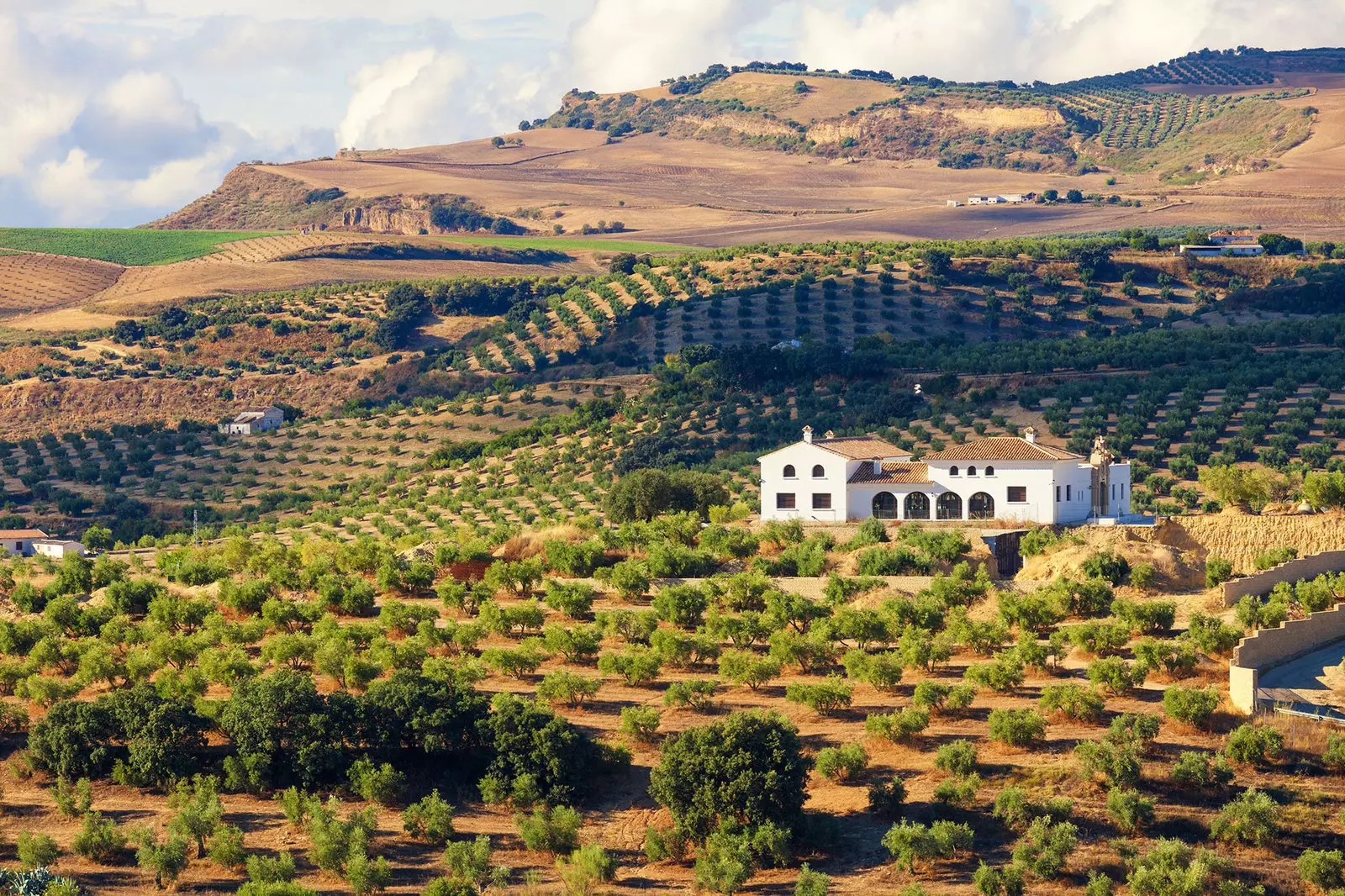
Why the landscapes of the Andalusian olive grove should be a World Heritage Site
Something you completely agree with Pilar Parra, vice-president of the Diputación de Jaén, also present in the commission . “The recognition would be a shock. If the number of tourists and companies that adhere to oil tourism increases every day, other aspects such as crafts or the hotel sector in these areas of Andalusia would also be promoted, ”she says.
It would help the Andalusian olive trees to become, after all, in one more claim for people from all corners of the world to enjoy something as ours as the land that has seen us born.
Of the 2 thousand olive landscapes of Andalusia that have been cataloged in the report, 9 stand out as essential for their exceptional unique value . Starting with the wild olive trees of Cádiz, continuing with the ancient olive groves of Malaga, the Lecrin Valley , the Cordovan Subbética, the mountain olive groves of the Sierra de Mágina, the Segura Valley , the monumental milling estates of the under Guadalquivi r, the Hacienda of La Laguna and, finally, the area that includes the Guadalquivir to Sierra Morena . They all have something that makes them different.
Once we have reached this point and assimilated all the information, we headed to one of the most beautiful olive farms in Andalusia ready to discover, first-hand, what makes the Andalusian olive grove landscape something so special.
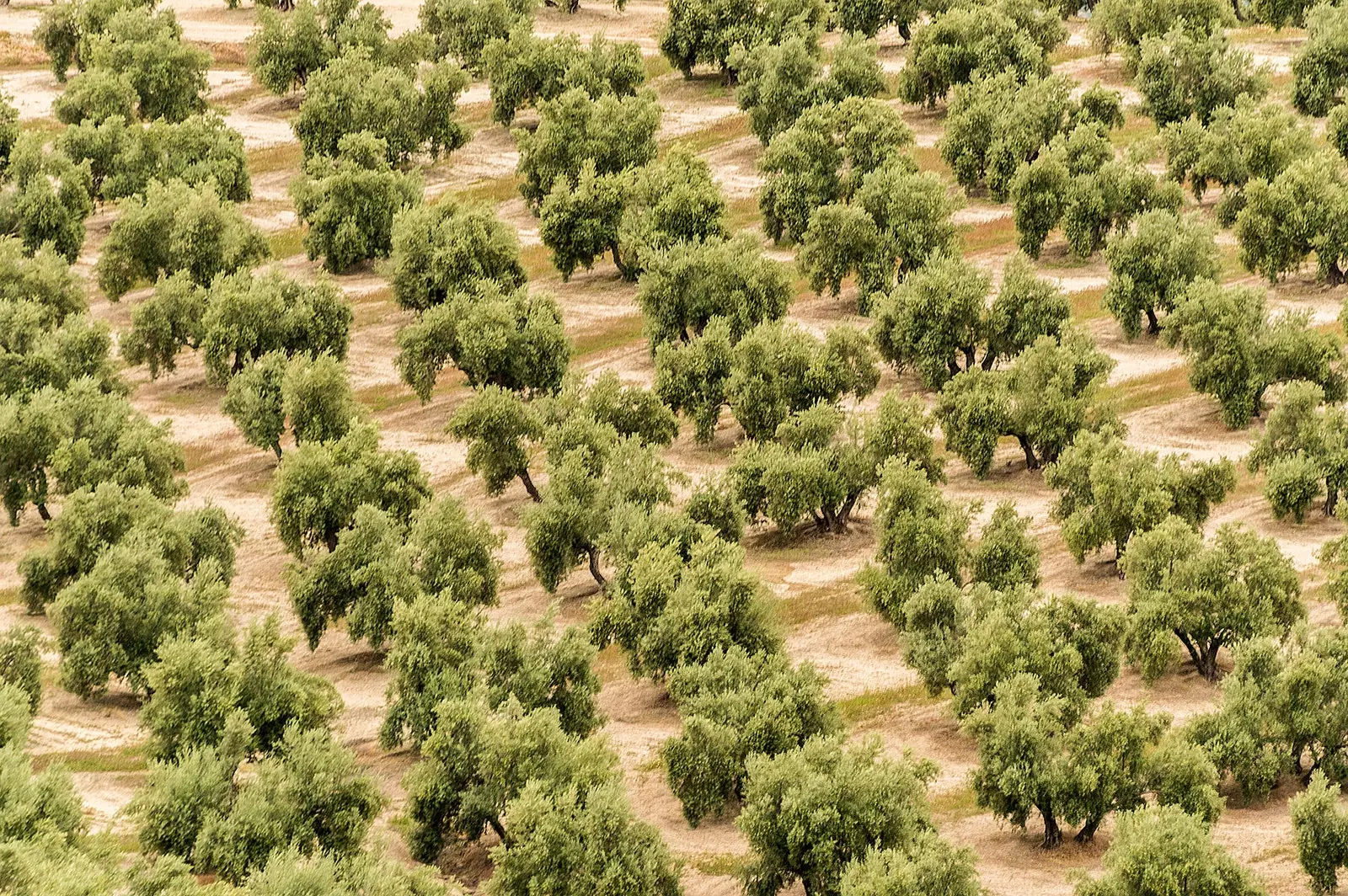
Field of olive trees in Andalusia
HACIENDA GUZMÁN, A UNIQUE OIL TOURISM EXPERIENCE
Just cross the fence that leads to the historic Hacienda Guzman , just 20 minutes from Seville, we already received the best welcome we could have: dozens of rows of olive trees await us on both sides of the road. We got out of the car and our sense of smell didn't betray us: a couple of toasts with olive oil -what else would it be?- they wait for us for breakfast.
headquarters of the Juan Ramon Guillen Foundation , another of the organizations that has strongly promoted the candidature as World Heritage, Hacienda Guzman is an olive farm built in the 16th century and one of the essential landscapes included in the report.
In its beginnings it belonged, neither more nor less, than to Hernando Colón, son of Christopher Columbus, and in its three beam mills the oil that was exported to the new colonies after the conquest of America was produced. It is, as the foundation itself points out, "The living history of extra virgin olive oil in Andalusia".
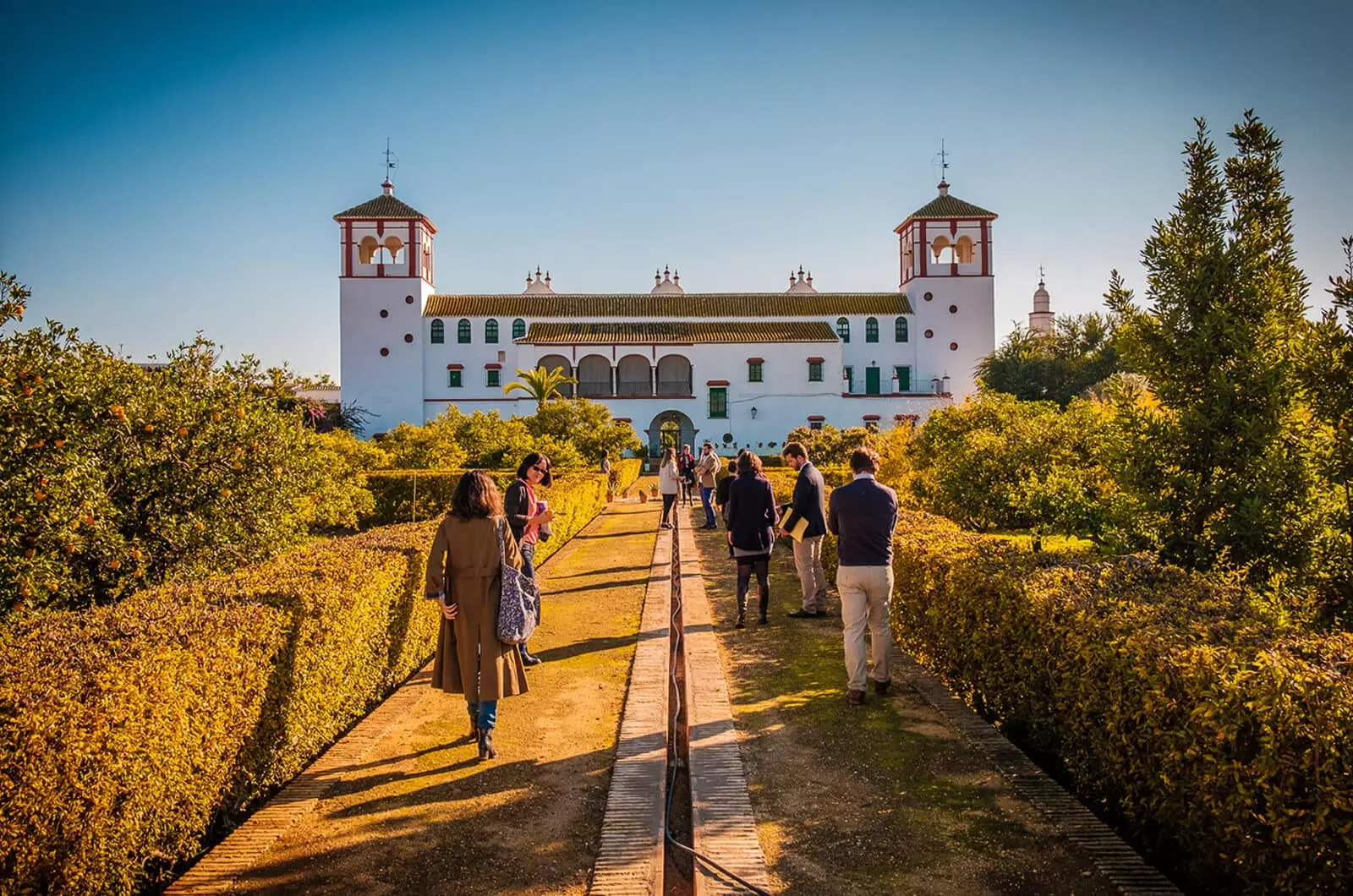
Hacienda Guzmán, a 16th century estate
Hacienda Guzmán has been since 2016, through interesting oil tourism activities , opening a door to the world of oil to anyone with a certain concern to know. And it is that for the foundation there is a key aspect in this matter: disclosure. "It is necessary to value the olive culture and its products, so that the public can get closer to the origin and learn about the production processes."
Something that, once the long-awaited recognition arrived, would be greatly enhanced. "Obtaining it will value the quality of the olive sector in Andalusia and its products at an international level, will promote the consumption of olive oil and the development of olive oil tourism ”, they add.
As part of this informative work, we started a day that invites us to discover the benefits of olive oil and its production process . Both now and in the past.
Know how to work with beam mills through the only one of the three that has remained to this day, is something worth seeing. As is contemplating the olive milling process in a 21st century oil mill.
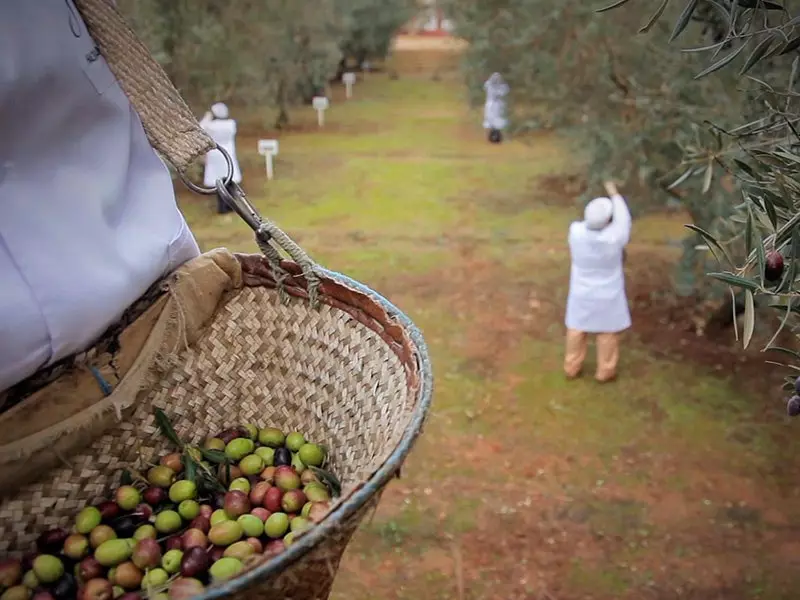
Olive harvest time
Breathe the fresh air of the countryside on a horse-drawn carriage that takes us for a ride through olive groves. Alternate with the day laborers who, in the middle of the olive campaign, They pick the fruits one by one, ensuring the highest quality.
To know the difference between arbequina, chamomile and hojiblanca, the three species of olives that are grown at Hacienda Guzmán, nothing like doing an oil tasting in one of the most special places on the estate: the olive store, which with 1 50 different species of olive trees, it is one of the largest in the world.
The experience ends and we do not need more data or visits or tastings. We have it absolutely clear: the landscapes of the Andalusian olive grove deserve to be UNESCO World Heritage . Although, to remove any doubts, we will have to wait until 2020. Until then, we will cross our fingers. We'll celebrate together with a good shot… of oil.
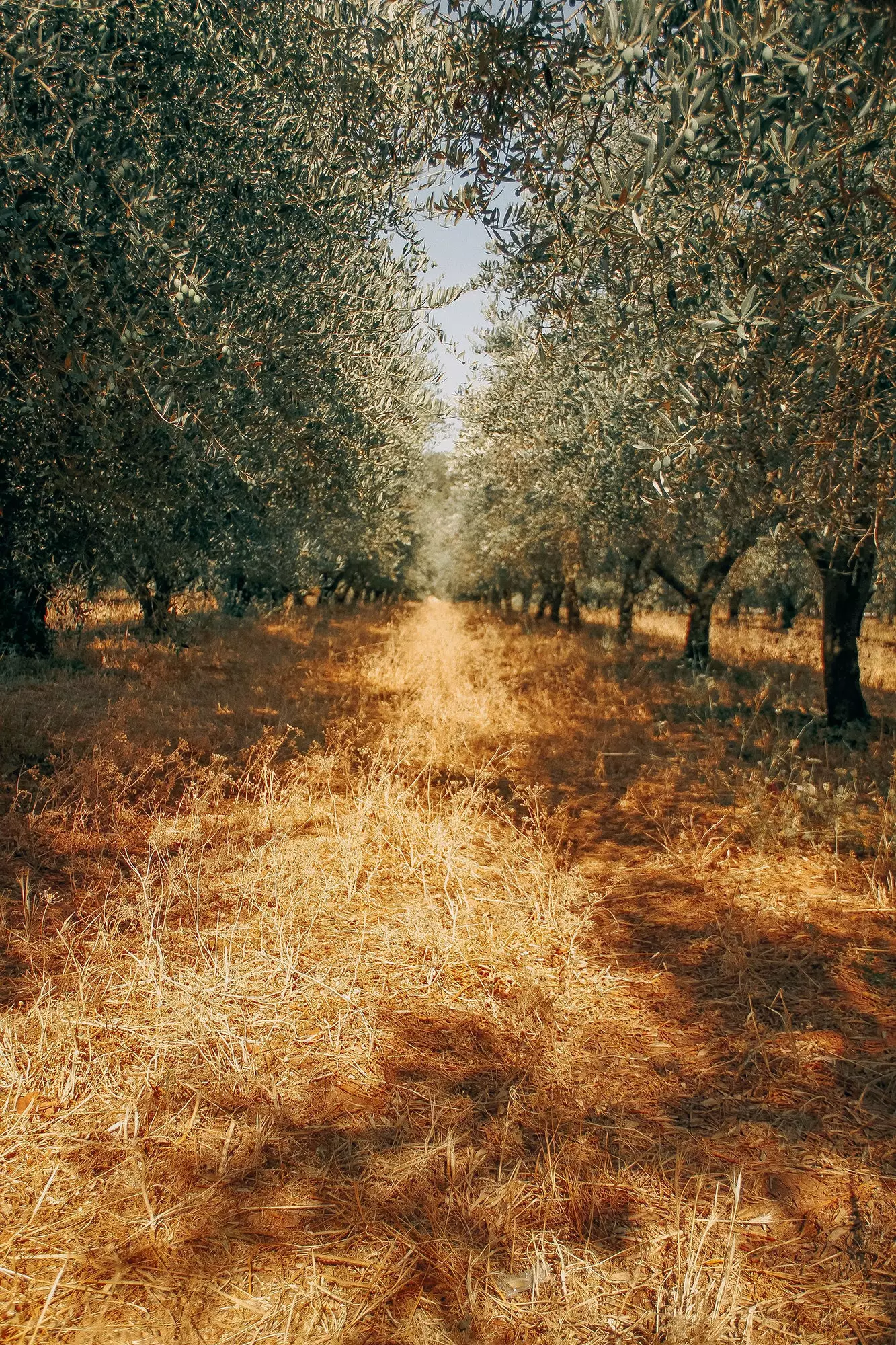
This walk already deserves to be Heritage
